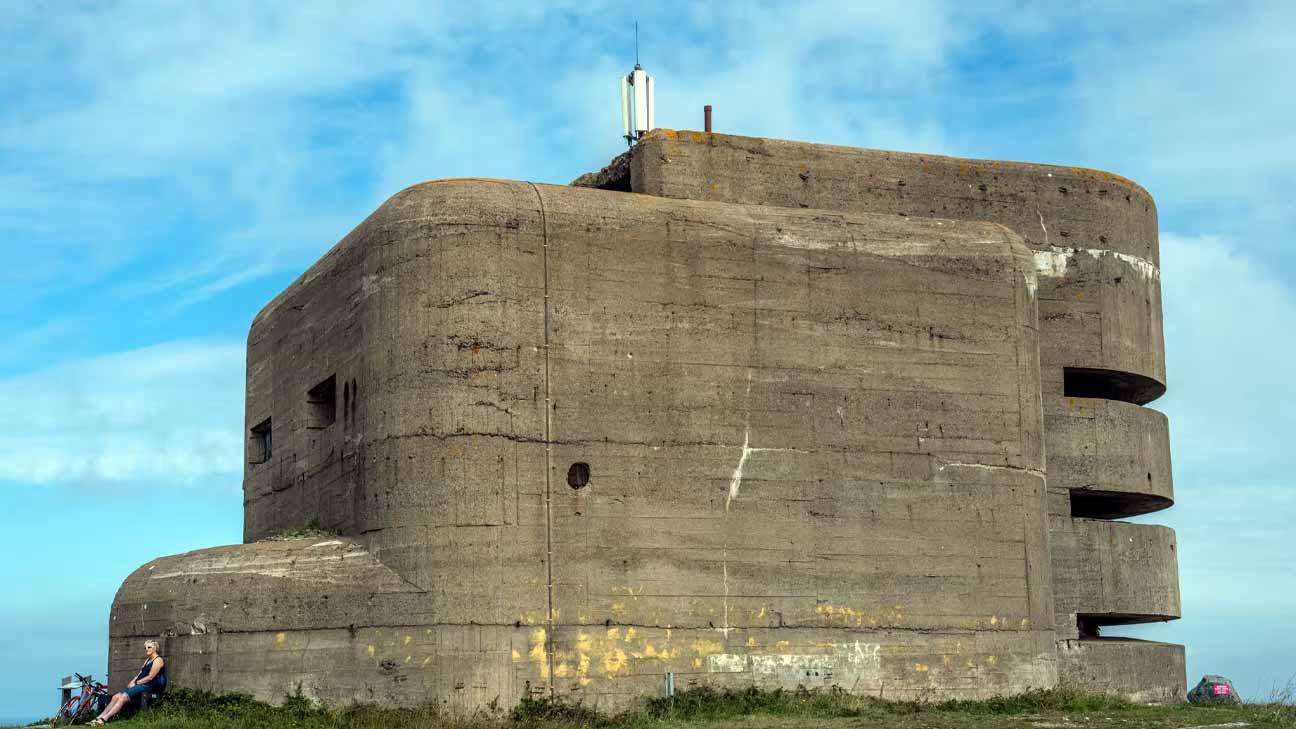Newly uncovered evidence has revealed disturbing acts of cruelty by Nazi guards at a prison camp on the Channel Island of Alderney during the Second World War. According to recent research, SS officers at Sylt camp regularly used prisoners for target practice as a form of weekend entertainment.
On Sundays, about a dozen inmates would be selected and taken to a nearby light railway. There, they were tied to tipper trucks while SS guards took turns shooting at specific parts of their bodies, prolonging their suffering before killing them. These gruesome acts reportedly continued for hours and were considered routine by the guards.
The findings are part of the upcoming documentary Ghosts of Alderney, which explores the Nazi occupation of the island from 1940 to 1945. The film, directed by Piers Secunda, includes testimonies from survivors and their families, including the daughters of Giorgi Zbovorski, a Ukrainian prisoner held at the camp for 18 months beginning in 1942.
Zbovorski, who died in 2006, had shared firsthand accounts of the atrocities, describing how prisoners were often forced to witness the horrific executions.
Ingrid Zbovorski recalled her father Giorgi’s harrowing memories from the Nazi-run Sylt camp on Alderney. “The prisoners were lined up in formation,” she said. “The guards, simply bored, would select a group of 12 to 15. They were tied upside down to train wagons, and then the guards opened fire, seemingly at random, for their own amusement. A shot to the head or heart meant instant death, but a bullet to a limb would leave someone to suffer for hours.”
Filmmaker Piers Secunda, who spent five years investigating the conditions faced by forced labourers on Alderney, documented horrific abuses including shootings, beatings, and starvation. According to his research, Giorgi Zbovorski witnessed these "target practice" killings taking place each Sunday during his time in the camp.
Secunda said that the level of brutality prompted officials in Berlin to send a delegation to investigate the island’s unusually high death rate. He also revealed that Otto Hogelow, the SS commander on Alderney, encouraged the killings by offering incentives: 10 days of leave, extra rations, and cigarettes for every five prisoners shot.
Gilly Carr, a professor of conflict archaeology and Holocaust heritage at the University of Cambridge, acknowledged the significance of the new findings. “There are, tragically, many accounts of atrocities and severe mistreatment on Alderney,” she told the Guardian. “This account adds to the growing body of evidence highlighting the horrors of the German occupation.”
However, Carr also urged caution and historical rigour in interpreting such testimony. “While this account is important and credible, we must ask critical questions—such as how long the practice went on, whether the same number of prisoners were targeted each time, and whether Giorgi witnessed all incidents. This isn’t to cast doubt but to ensure the evidence is used responsibly and accurately.”
She also played a key role as coordinator and member of the Lord Pickles Alderney expert review panel, which concluded last year that over 1,000 slave labourers likely perished on British soil under Nazi control—hundreds more than official historical records have previously acknowledged.
Giorgi Zbovorski ended up in Alderney after an attempt to escape forced labour in Austria. In 1944, he was transferred to Belgium to work on V1 missile sites. While there, he and other Ukrainian prisoners convinced a Polish-born German soldier not to shoot them as they fled into a nearby forest.
According to filmmaker Piers Secunda, the Polish soldier fired harmlessly into the air as agreed, but a German guard opened fire and killed three fleeing prisoners. Giorgi and two others managed to survive by hiding in a Belgian farmer’s home. When Allied forces liberated Belgium just weeks later, Giorgi weighed only 40 kilograms.
He remained in Belgium after the war, eventually working for the farmer who had sheltered him.








.svg)



